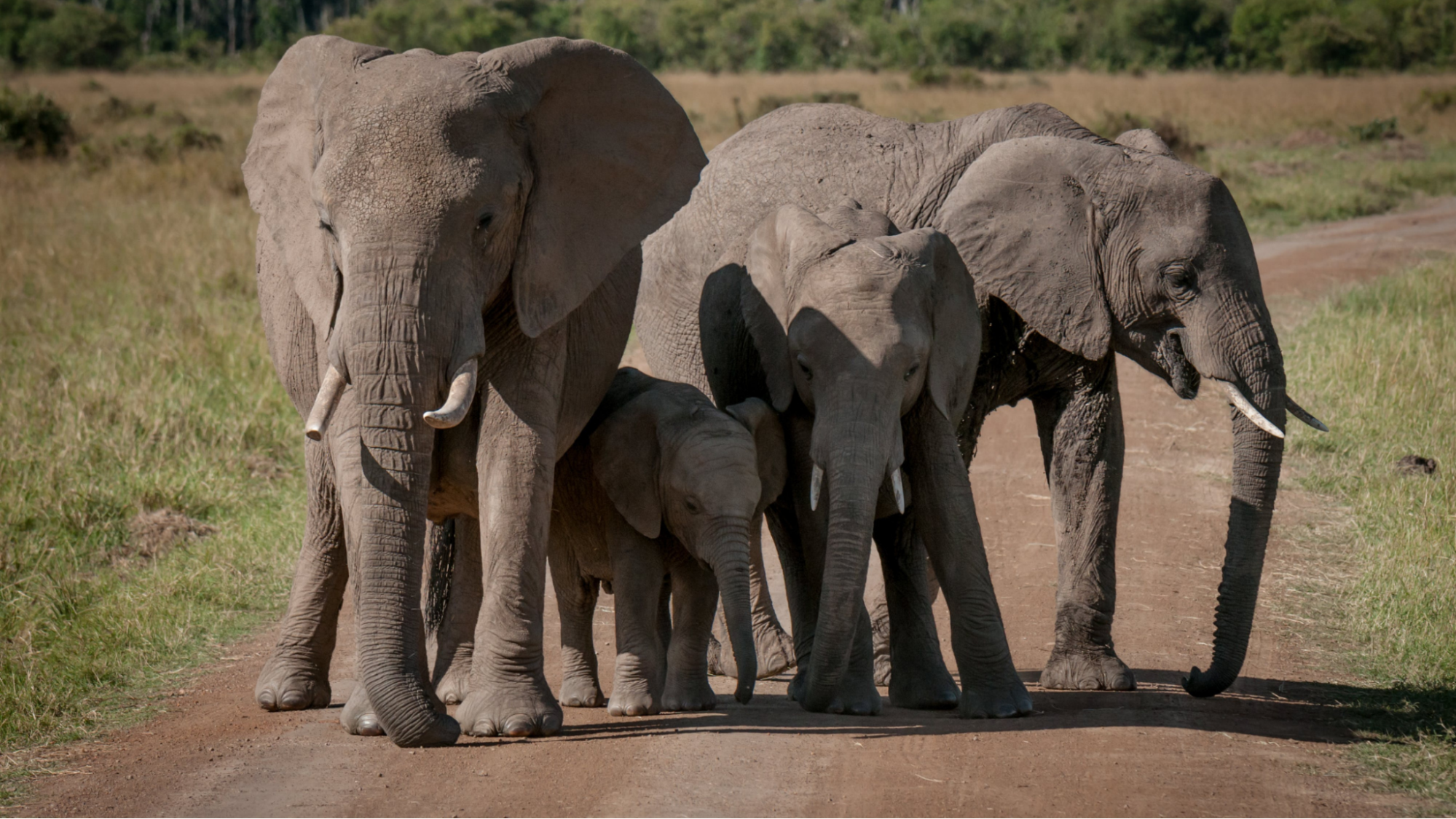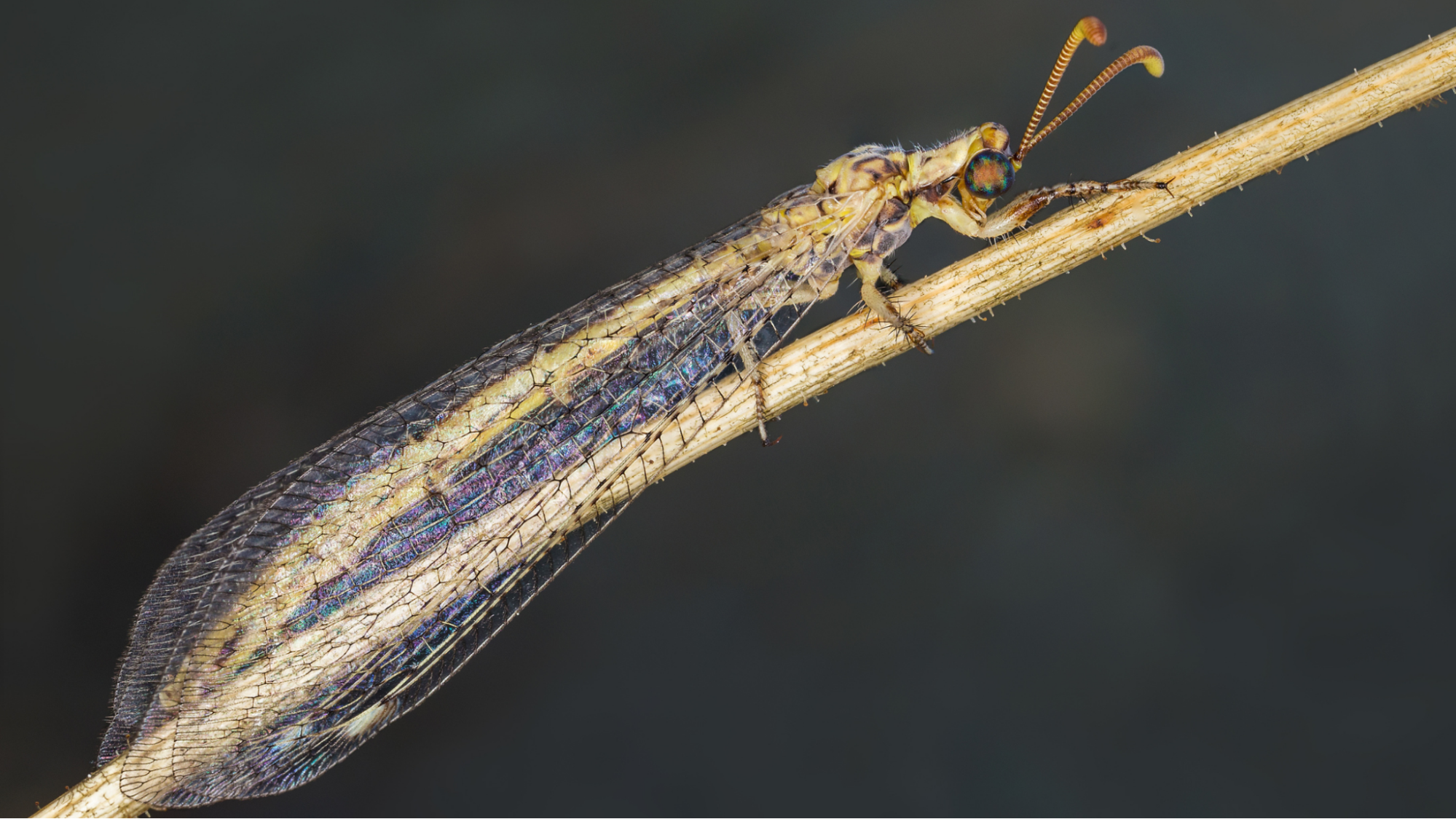All You Need To Know About The Little Five And Big Five Of Tanzania
The African continent is a land of contrasts, with each country being home to a unique ecosystem supporting a diverse selection of flora and fauna. Tanzania, one of Africa's most popular destinations, is famous for its well-kept national parks, epic animal migrations, and wildlife safaris. And if you're planning a trip to Tanzania, the African wildlife is probably one of the top attractions drawing you there.
When you think "Tanzanian wildlife," probably the "Big Five" come to mind. But did you know there are the "Little Five" of little critters as well?
Like the Big Five, you'll only find the Little Five on the African continent, but that's where the similarities end. While you can spot the Big Five on most wildlife safaris or game drives, you'll need a sharp-eyed guide to spot the Little Five.
Let us explain more about the Big Five of Tanzania first.
The Big Five of Tanzania
The Big Five of Tanzania are not just famous for being big. It's an old term coined by hunters of the colonial safari days to describe the most dangerous and difficult animals to hunt in Africa. By far, your best chance to view these animals is on a Big Five safari. Let's cover each of the Big Five in more detail.
African Elephant (Loxodonta africana)
African Elephant
Visitors to almost all national parks in Tanzania will have the opportunity to enjoy many elephant sightings. They're hard to miss as they move across the terrain in small groups of two or herds of up to 100 or more elephants. With their large tusks, enlarged front teeth (appropriate for fighting and feeding), big floppy ears, and trunk to help them tear down tree branches, African elephants are the largest land mammals on earth, weighing in anywhere from 5,000 to 14,000 lbs. Tarangire National Park, southeast of Lake Manyara in northern Tanzania, is one of the most popular spots for elephant sightings, especially in the dry season when water is scarce and they tend to congregate at the Tarangire River.
African Lion (Panthera leo)
African Lion
The African lion is a common sight throughout the Tanzanian national parks, especially in the Serengeti. Tanzania is famous for its healthy population of lions living in prides of 10 to 25 cats, comprised mostly of females and cubs. On safari, you'll often see them crossing the roads or spot a lioness out hunting or feeding her cubs.
The best season for lion sightings is during the dry season, from June to October. Safari guides know that visitors will find most animals near river banks or other sources of water.
African Leopard (Panthera pardus pardus)
African Leopard
The African leopard, often referred to as the "Prince of Darkness" or "Silent Hunter," is the most elusive animal (and therefore the hardest to spot) in the Big Five club. Classified "vulnerable" under the IUCN (International Union of Conservation Nature) red list, African leopards are solitary animals. They usually hunt at night and spend the day sleeping, usually on high tree branches.
These magnificent creatures that can run at speeds approaching 60 miles per hour and leap up to 18 feet high. They are know for hoisting their prey all the way up into a tree in order to prevent lions or hyenas stealing it from them. Your best chance for a leopard sighting is during a game drive in the Serengeti or Tarangire National Park.
Cape Buffalo (Syncerus caffer)
Cape Buffalo
The Cape buffalo or African buffalo is very different from any other buffalo commonly found in other parts of the world, primarily because they are one of the most dangerous animals in Africa and have few predators. They don’t grow very tall (up to 150 cm) but they are massive - they can weigh up to 900 kgs. Usually found in herds, the Cape buffalo's only predators are lions and crocodiles.
Herbivores that feed on grass, trees, herbs, and leaves, the Cape buffalo is considered the most aggressive of the Big Five. Don’t get them angry - they are not to be messed with!
Rhinoceros (Rhinocerotidae)
Black Rhino
The fifth member of the Big Five club is the rhinoceros. Tanzania is home to the black rhino, considered "critically endangered" and on the IUCN red list. Their population has rapidly declined in recent years due to increased poaching in Tanzania and other African countries.
Rhinos are solitary animals, and like Cape buffalos, they are herbivores that feed on plants, leaves, roots, and tree branches. Weighing up to 1.5 tons, they grow as high as six feet tall. Visitors have their best chance of a rhino sighting in the Serengeti National Park and Ngorongoro Crater.
The Big Five of Africa possess a majesty that defies description. But we don't want to "minimize" the wonder of the Little Five. Of course, they can't compete in size, but they each make a vital contribution to the ecosystems of Tanzania. Let's learn more about the Little Five of Tanzania.
The Little Five of Tanzania
Elephant Shrew (Macroscelididae)
Elephant shrews
Elephant shrews, or sengis, are the smallest insect-eating mammal. Their name, "elephant shrew," is a nod to their long nose, which has a vague likeness to an elephant's trunk. Exclusively found on the African continent, elephant shrews are known for their timidity and quickness.
They can be between four and twelve inches long (not counting their tail), with the heaviest close to 1.5 lbs. They're also sometimes known as "jumping shrews" because of their ability to jump as high as three feet. With a diet of termites, ants, worms, and spiders, elephant shrews are endangered due to their vanishing habitat. The grey-faced shrew is only found in two forests in Tanzania.
Leopard Tortoise (Stigmochelys pardalis)
Leopard Tortoises
Leopard tortoises are the largest among the Little Five. Their carapace's golden and black pattern is leopard-like, hence their name. The best place for a leopard tortoise sighting is in the grasslands in eastern Africa, from Sudan south to South Africa. They grow between 16 to 28 inches and weigh around 40 to 120 pounds. Leopard tortoises feed on mushrooms, plant sap, and fruits and generally live from 80 to 100 years.
Rhino Beetle (Dynastinae)
Rhino Beetles
Rhino Beetles are the largest species of beetles on the planet. Once you see the horn on the head of the male rhino beetle, you'll know just how it got its name. The rhino beetle might look intimidating, and the hissing noise it makes when disturbed might sound scary, but it is harmless to humans who leave it alone. The horn is used for defensive purposes--and a way to dig for its food. They feed on nectar and plant sap and grow to around 6 cm, weighing between 30 and 40 grams.
Antlion (Myrmeleontidae)
Antlion
Antlions are the smallest of the Little Five. They are not ants, but they feed on ants. And when feeding, they behave aggressively--like a lion, earning them their name. They are called antlions during their larval stage, when, interestingly, they can trap and eat small insects. Adult antlions are usually 4 cm long, with a wing span of 8 cm. Like caterpillars, they undergo a metamorphosis. They prefer sandy areas.
Buffalo Weaver (Bubalornis niger)
Buffalo Weaver
The buffalo weaver is the only bird of the Little Five. All three species of buffalo weavers are found in Tanzania: red-billed, white-billed, and white-headed. Buffalo weavers are social birds, with various bird calls during gatherings. They grow to around 10 inches and feed on small insects, fruits, and seeds. Although most weavers have tidy nests, the buffalo weaver's nest is more of a combination of leaves, twigs, and grasses.
Also Read: Birds of Tanzania
Frequently Asked Questions (FAQs)
What is Africa's deadliest animal?
The hippopotamus is the deadliest animal killing almost 500 people yearly in Africa. They can weigh up to 1.5 tons and have long teeth that grow up to 50 cm. Due to their aggressive and territorial nature, they can trample or gore humans to death if they feel threatened or trapped off from a water source.
Who chose the NAME “Big 5”?
The term “big five” was originally coined by hunters of the old colonial safari days as the big five animals are the hardest and most dangerous to hunt down.
Conclusion
Part of the thrill of a trip to Tanzania is the opportunity to witness the Big Five in their natural habitat - but keep your eyes and ears open for the Little Five as well!
Sababu Safaris will be happy to assist you in designing a personalized safari that becomes a Tanzanian dream come true.










